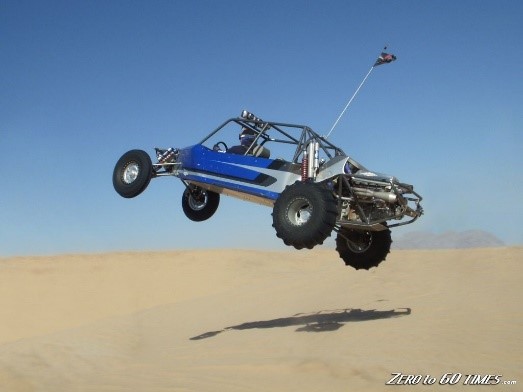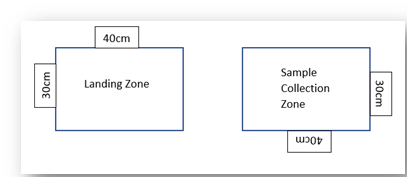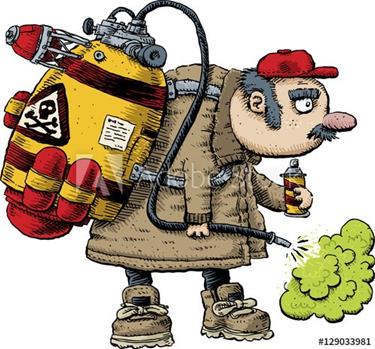Lego Robotics Challenge 2020

On December 11, 1972, Apollo 17 touched down on the moon. It was the sixth mission to land on the lunar surface. Since that date, there has been a desire to return to the moon. You and your team are about to blast off, but before you do there is some work that needs to be done. The moons surface is very different from that of Earth. Appropriate preparations need to be made. The “BACK TO THE MOON” mission needs a dependable, manoeuvrable and versatile robot to accompany the astronauts. To be considered, your robot must compete in 4 events to prove their value to the “BACK TO THE MOON" mission.

xxxxxxxxxxxxxxxxxxxxxxxxxxxxxxxxxxxxxxxxxxxxxxxxxxxxxxxxxxxxxxxxxxxxxxxxxxxxxxxxxxxxxxxxxxxx
Crater Crossing

Upon arriving on the moon, the first challenge for your robot will be to perform a crossing of the gap between the landing zone and the sample collection zone. The wider the gap your robot crosses, the more points you will collect for your team.
Note: Some research into “Lego gap crossing” will give you some ideas as to how this challenge will work. When you practice, be aware of the size restrictions in the landing zone and the sample collection zone. See the diagram below.

This Crater Crossing is a separate challenge that will require the use of an additional pre-built Lego robot. You WILL NOT use the robot driving base that will be used for the other 3 challenges. Teams are encouraged to make design changes throughout their many attempts during the allotted time period. Only the best score will count.
Crater Crossing Challenge Rules
- Your robot must start with no part touching the ground outside the marked landing zone. Parts may hang over the sides of the landing zone with the exception of the front, but not touch. No part can hang over the front of the gap before the challenge starts. Please check contest field diagram above for dimensions and scoring.
- The robot must perform the crossing completely autonomously.
- You will have a maximum of 1 minute per attempt.
- Your robot cannot touch any area outside the designated zones. If your robot does touch outside the designated zones, it will be considered a failed attempt. (make as many attempts as time permits)
- A crossing of 30 cm will result in 100 points, which is the maximum available for the team competition. Teams can go beyond the 30 cm for the individual event competition, but only a maximum of 100 points will count for the combined competition
xxxxxxxxxxxxxxxxxxxxxxxxxxxxxxxxxxxxxxxxxxxxxxxxxxxxxxxxxxxxxxxxxxxxxxxxx
Gravity Experiment

As part of the mission research team, your robot will be expected to aid in the collection of data. Your first experiment is testing the gravitational pull in the moon crater. Maneuver your robot into position at the top of the crater and knock the moon rocks into the crater floor. The closer your moon rocks land to the middle, the more points your team will collect. Beware! The drop to the crater bottom is riddled with obstacles. Grade 7 and 8's will have an added challenge of avoiding the red radioactive moon rock, if this rock drops, points will be deducted from your score.
Hint. Completing common palette #20 with the NXT system or using the color sensor with the EV3 will be an asset in this challenge.
Gravity Experiment Challenge Rules
- Your robot must start in the home base. No part of your robot can be touching the ground outside the marked home base. Parts may hang over the lines but not touch the ground (home base will be 30 cm by 30 cm).
- You will have 7 moon rocks that can be dropped into the crater. Grade 7 and 8 teams should avoid the red radioactive moon rock. If you knock it into the crater, you will lose the assigned point value for that ball.
- Grade 7 and 8 teams will roll a 6 sided dice before each attempt. Whatever number you roll will be the position of the red radioactive moon rock. The position of the red radioactive moon rock can change with each attempt.
- You will not be permitted to touch your robot once it leaves home base. If you do, your attempt will be over.
- You will have 60 seconds to drop the moon rocks into the crater.
- Maximum available points for this challenge are 100.
xxxxxxxxxxxxxxxxxxxxxxxxxxxxxxxxxxxxxxxxxxxxxxxxxxxxxxxxxxxxxxxxxxxxxxxx
Rock Sample Collection

Part of the mission to the moon will be to collect rock samples for further study back on Earth. Your robot must start in the home base and drive around the sample collection area. Your goal is to gather moon rocks and return them to the collection zone. You will have 90 seconds to collect as many rocks as possible. Different coloured moon rocks will be assigned different point values but be careful, some rocks are stuck in the lunar mud and cannot be moved.
Hint. Teams should come with a ready-made driving base and should practice manoeuvring in and around obstacles.
Rock Sample Challenge Rules
- Your robot must start in the home base. No part of your robot can be touching the ground outside the marked home base. Parts may hang over the lines but not touch the ground (home base will be 30 cm by 30 cm)
- Rocks must be fully inside the collection zone to count.
- You will not be permitted to touch your robot once it leaves home base. If you do, your attempt will be over.
- You will have 90 seconds to collect as many moon rocks as you can.
- If your robot returns to home base you are free to change programs or add parts if you are still within the 90 second time limit.
- Maximum available points for this challenge is 100.
xxxxxxxxxxxxxxxxxxxxxxxxxxxxxxxxxxxxxxxxxxxxxxxxxxxxxxxxxxxxxxxxxxxxxxxx
Gas Venting

While on your mission to the moon, astronauts will stay in a lunar pod. There is a danger of poison gas building up in the lunar pod so each night, a robot must first enter the pod and activate the gas vents. To activate the vent, a switch must be pushed to the left or right until the safety light is activated. Some switches will be readily accessible, while others will require a little more work to reach. Start in the home base, drive out to the lunar pod and push as many vent switches as possible in the time allotted. The more switches you light the more points you will receive.
Gas Venting Rules
- Your robot must start in the home base. No part of your robot can be touching the ground outside the marked home base. Parts may hang over the lines but not touch the ground (home base will be 30 cm by 30 cm)
- As long as a switch being pushed turns the light on, it counts as a success, regardless of how long it stays lit.
- You will not be permitted to touch your robot once it leaves home base. If you do, your attempt will be over.
- You will have 60 seconds to vent the gas.
- If your robot returns to home base you are free to change programs or add parts, as long as you are still within the 60 second time limit.
- Maximum available points for this challenge is 100.
In the event of a tie the team with the fastest time will be declared the winner.
Engineering Parameters
- The robot must begin the trial in the “Home” area and in some cases return to the “Home” area.
- Once a trial has begun there will be no changes made to the challenge board. Game pieces will not be moved, touched or reset during the trial.
- You may only use the materials provided in your school's Lego kit. All parts and materials must be Lego brand. Pay close attention to your parts as there will be limited opportunity to obtain replacements.
- Light sensors are not mandatory, but may be useful for some challenges.
Challenge Trials
Scoring judges will be located at each station and will monitor the time allotted for the trials and final scores. At each challenge station your team can earn a maximum of 100 points.
- Each attempt will be between 60 and 90 seconds in length. Your team will be allowed multiple attempts within the 50-minute challenge time frame. Your best single attempt score will be used towards your overall points grand total.
- There will be approximately 5 teams assigned to a challenge board at any given rotation.
- A master schedule of the team rotations will be available the day of the competition.